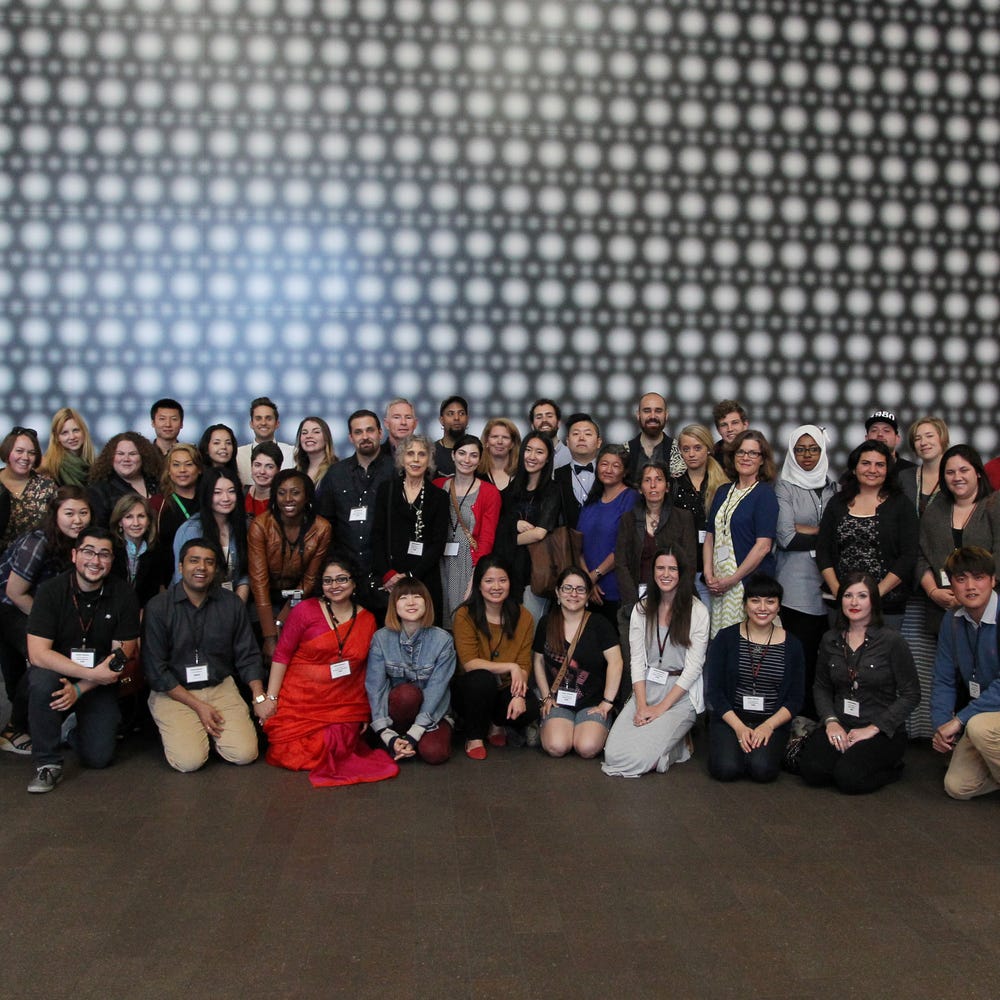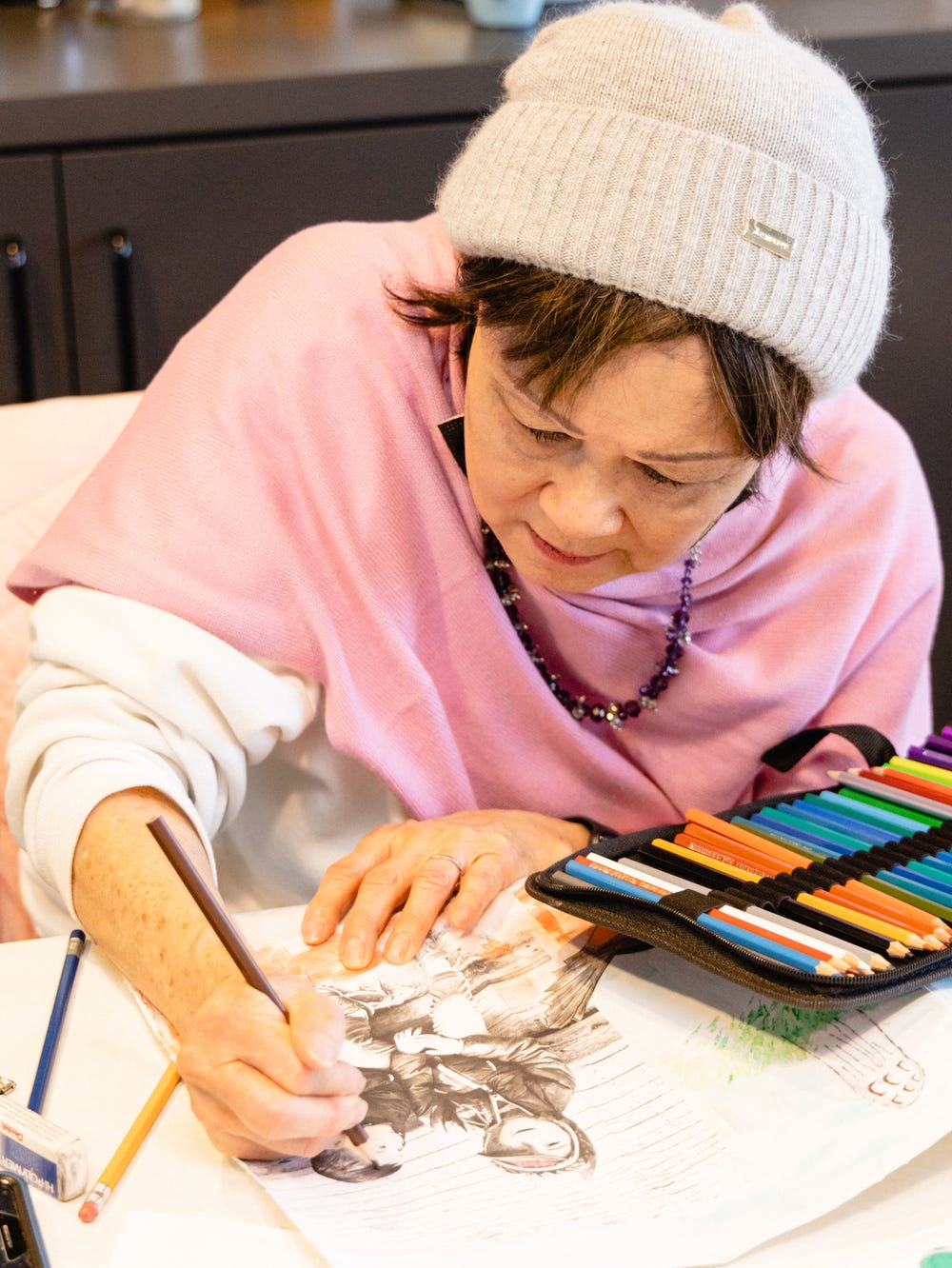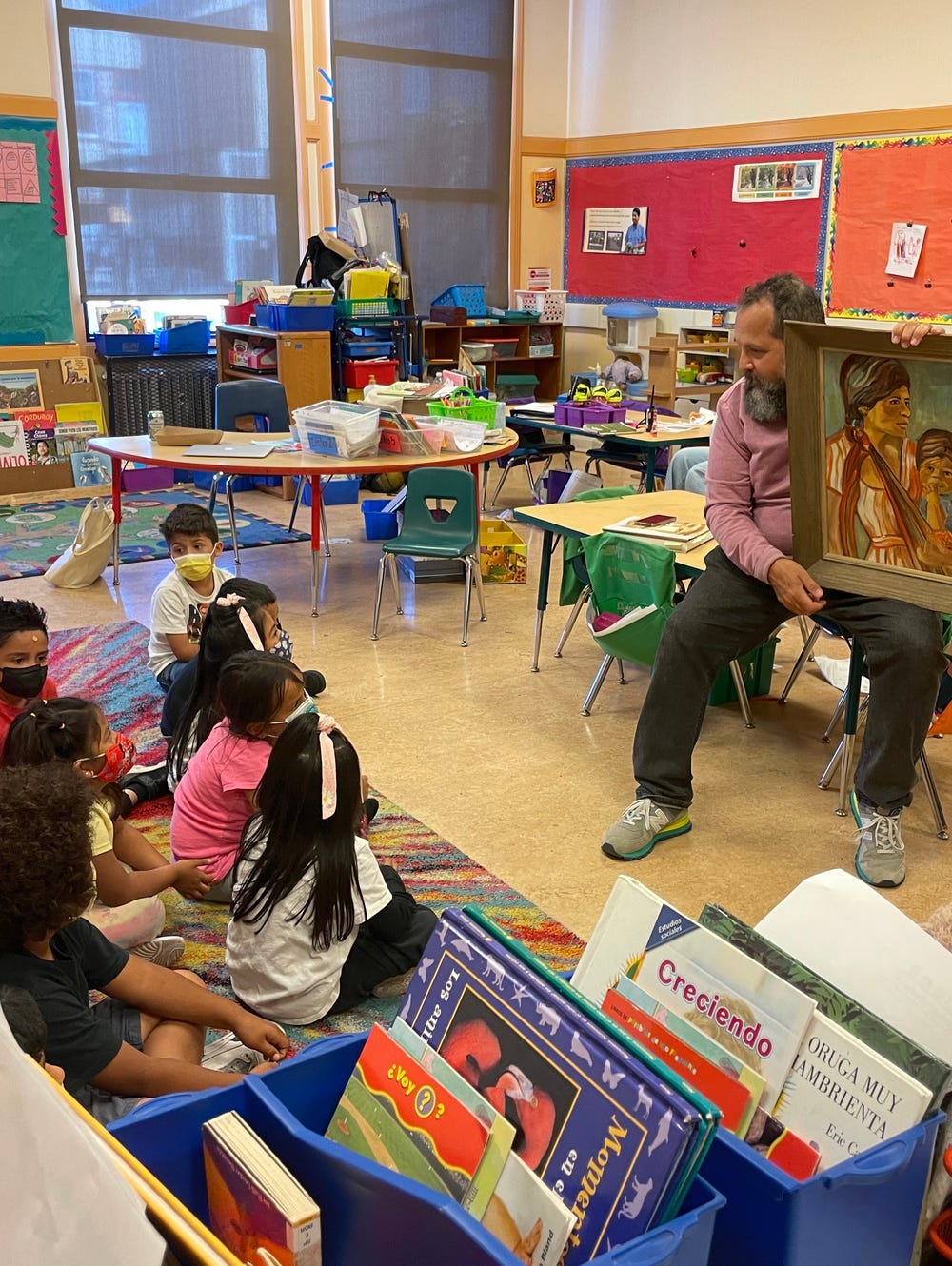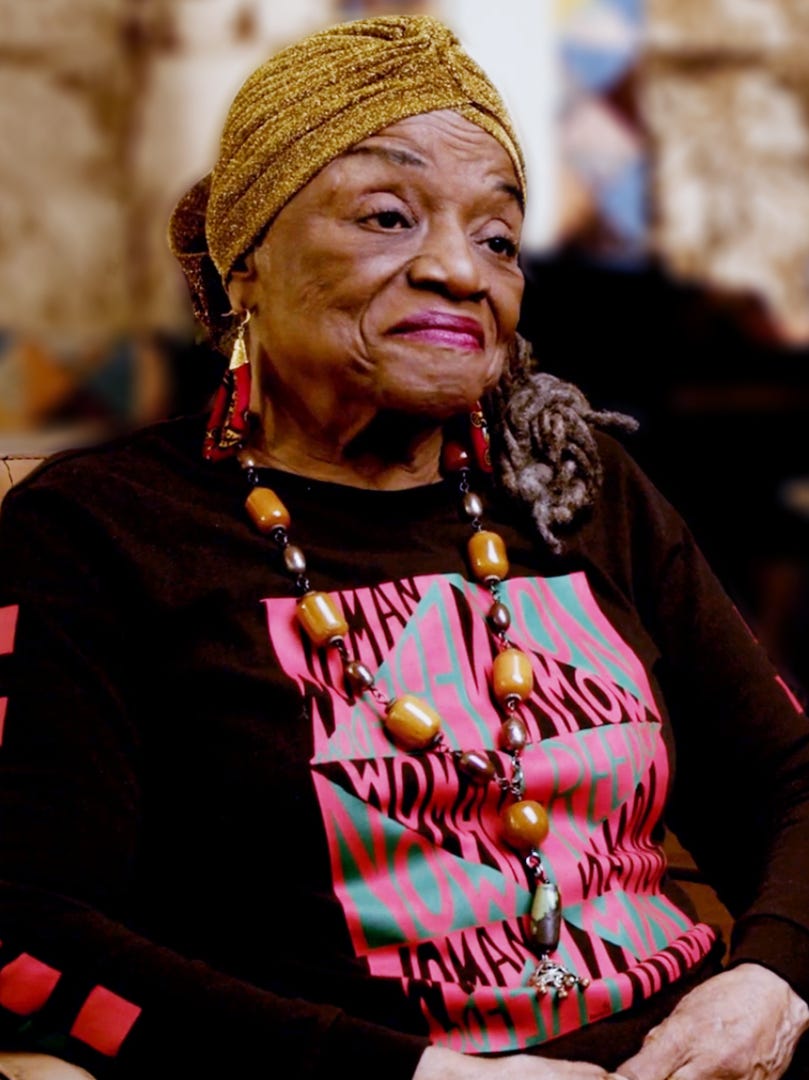What does it take to become an anti-racist organization? We know that we must move from a work culture that enforces acceptance of inherited value systems and flawed work practices to one that fosters equity and belonging among staff and the communities we serve. As we have explored this question, we have realized that a commitment to radical change requires growth on multiple levels, individual and institutional.
When we undertook investigating systemic racism within our own institution, we recognized that we need a methodology for discussing racial inequality and the help of subject-matter experts. Our knowledge surrounding these issues has varied from individual to individual and we lacked both a shared vocabulary with which to understand one another and a framework for creating safe, brave spaces for honest reflection.
We have now embarked on a four-month capacity-building series supporting anti-racist work with Be the Change Consulting, leaders in the field of healing-centered culture change. Engaging staff members at all levels, the program provides hands-on strategies and activities, research-based theory, and trauma-informed practices that are helping us build an inclusive workplace that de-centers white dominant culture. In a recent all-staff meeting, members of our leadership team gave a presentation on characteristics of white supremacy culture that manifest in organizations, based on the work of Tema Okun. As part of this exercise in transparency and collectivism, they identified ways these characteristics show up within our own walls, then invited staff to complete an anonymous survey where they could safely share dominant and dysfunctional characteristics that they have experienced at the Fine Arts Museums of San Francisco.
In tandem, our director has been meeting with representatives from our staff-led Inclusivity, Diversity, Equity, and Access (IDEA) Committee weekly to identify and implement a range of initiatives to recraft the Museums’ work practices and culture. We have also established an Equity and Diversity Committee within our board of trustees to support this cross-institutional work and ensure that it is embraced and modeled by the board itself.
The answer to “What does it take to become an anti-racist organization?” will be an ongoing process of systemic changes, large and small, and a new awareness of these issues that will be integral to our work in perpetuity. We invite you to follow our progress on our website, where different voices from throughout the Museums will share updates on our journey. We’re in it for the long haul.
In community,
The Fine Arts Museums of San Francisco




